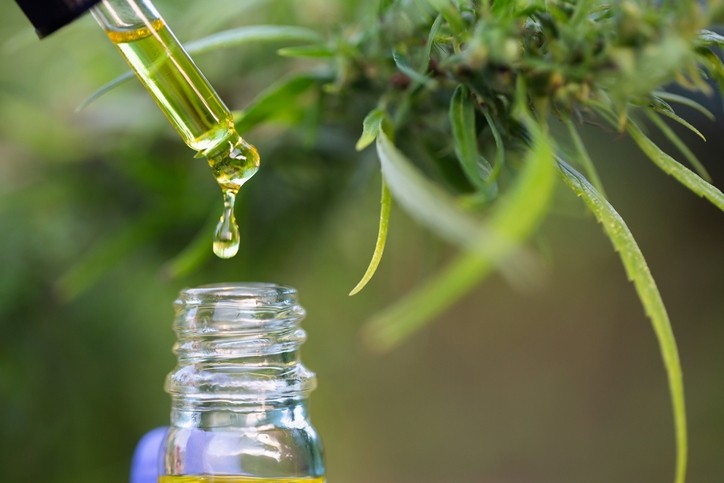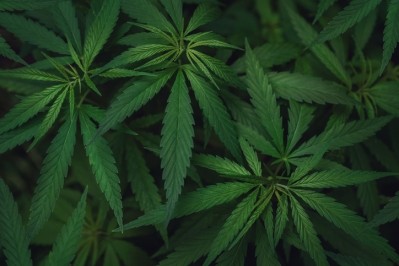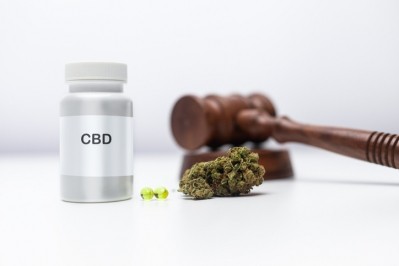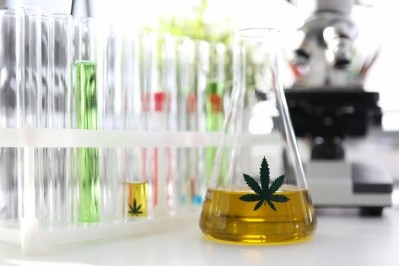CBD industry headed toward big overcapacity, expert asserts

The hemp/CBD industry may have gotten the cart before the horse in terms of extraction capacity and raw material supply, said an investment analyst familiar with the sector.
John Grubb, a managing partner in Summit Venture, has been involved in analyzing cannabis/hemp/CBD investments for a several years after a long stint at the helm of the strategic consulting firm Sterling Rice Group. He said the gold rush mentality that gripped the market for several years leading up to 2020 seems to have created a big mismatch between some parts of the industry on the supply end and the final market of end users.
In some ways, the issues afflicting the CBD space may be just symptomatic of a brand new system of any sort. Famed Harvard paleontologist Stephen Jay Gould noted that when budding ecological niches are examined in the fossil record they show high degrees of variability early on in these cycles, with many variations on body forms, locomotion styles, sizes, preferred food sources, etc. Those variations tended to even out over time and these niches settled in to what worked best, Gould wrote. Those paleontological records spanned millions of years; modern markets might settle out in the course of a decade or less.
Booming extraction capacity in Colorado
The enthusiasm for the CBD industry on the part of investors coupled with a concern about missing a business opportunity that might prove to be fleeting can be seen in the number of big extraction facilities that have recently come online or are about to do so.
In Colorado, one of the early leaders in the extraction and purification of cannabinoids, there are a number of large scale facilities already in production or about to come online.
Kazmira, a company based in Watkins, CO, has had a 200,000 square foot extraction facility running for a couple of years. The company claims a capacity of 1,000 kg/month of broad spectrum oil and CBD isolate.
Last year, Mile High Labs began operating in Broomfield. The company took over a 400,000 square foot facility that had been used at one time to manufacture the antidepressant medication Xanax. The company is at the moment using only a small part of the facility but the aim is to occupy it all.
Also, two other extraction facilities are about to come online. One, a 50,000 square foot plant in Greeley, will be operated by Vantage Hemp. The other, a 200,000 square foot installation, in awaiting only the final calibration of machinery to start production. That facility is located in the southern Colorado town of Pueblo West, and is operated by Folium Biosciences based in Colorado Springs.
How much is too much?
Grubb said there is not enough information to be able to put a firm number on just how much the sector has been overbuilt, or how many acres of hemp currently under cultivation might not find a market, but he said his gut feeling is that it’s a big figure.
“There is not a definitive objective answer for it,” Grubb told NutraIngredients-USA. “But I do see excess capacity in a lot of places.”
Take the cultivation sector, Grubb said. According to information gathered by advocacy group Vote Hemp, which started working more than 20 years ago for a return of legal hemp farming in the United States, there were about 26,000 acres of hemp under cultivation in 2017. That rose to more than 290,000 acres in 2019, with more than 466,000 acres licensed for cultivation this year.
“Based on a mediocre yield of a CBD-forward hemp cultivar, we estimate it would take about 25,000 acres of hemp to supply 50 million Americans with 50 mg of CBD every day for a year,” Grubb said.
He said it’s unclear exactly how big the cultivation/demand mismatch is, but there are some data points that offer strong clues.
“There is a difference between acres that are permitted and those that are actually under cultivation. Some farmers may have taken out permits just to legally transact with what remains of the 2019 crop,” he said.
“What’s ends up on the market for CBD extraction depends on what’s harvested, minus what goes ‘hot’ (has too much THC) and has to be destroyed, minus what gets devoted to food and fiber,” Grubb said.
“It all contributes to poor visibility. But we know that there is a lot of the 2019 crop sitting in warehouses unsold and that might be getting close to the end of its useful life,” he said. “And there was an auction in Tennessee six or eight weeks ago where most of the farmers ended up hauling most of their biomass back home because they couldn’t sell it.”
Grubb said a big confounding factor in the hemp/CBD market is the lack of overarching federal regulation. While there are state hemp regulations in place, and cultivation plans administered through state agriculture departments, that’s a far cry from the crucial market-making support and crop insurance more mainstream crops receive from the USDA on the federal level. “To me it’s an enormous disservice to the farmer and the intention of the 2018 farm bill to create a new crop that could support farmers,” he said.
Investment money is really to jump on qualified deals
Grubb said another development of note has been the number of SPACs (special purpose acquisition corporations) that have formed in the cannabis/hemp/CBD space. These are public entities formed specifically to buy up and operate businesses in a given sector. While there is a lot of money out there behind these entities (for instance, Greenrose Acquisition Corp. went public in February with an IPO valued at $150 million, just one of a number of such entities with valuations topping $100 million), Grubb said there have been few deals to point to arising from the formation of these companies.
“Investors would give you, say, $150 million to work with and say 18 months to go out and find acquisitions that match your investment thesis. Typically investors would demand a set of metrics for these acquisitions, and being cash flow positive would be among them,” he said.
“There are dozens of these SPACs out there and they are having trouble finding qualified deals,” he said.
If the Food and Drug Administration would get around to creating a fully legal pathway to market for hemp/CBD ingredients, as it has been urged to do by members of Congress, it would go along way toward removing these impediments, he said. Underlying demand on the part of consumers appears to remain strong.
“It could help alleviate some of these problems with excess capacity,” he said. “It has really served to inhibit commerce.”
AHPA virtual event
The American Herbal Products Association will hold a virtual Hemp-CBD Congress this Thursday, August 27. For more information or to register, visit the event website.
























